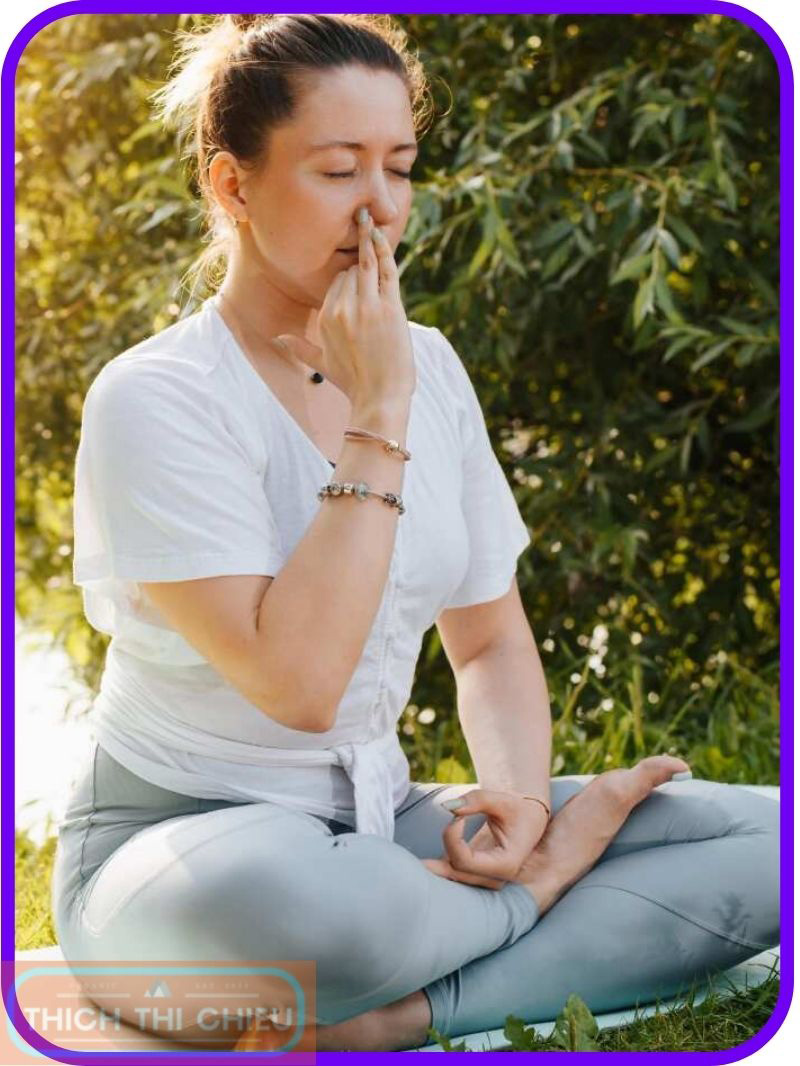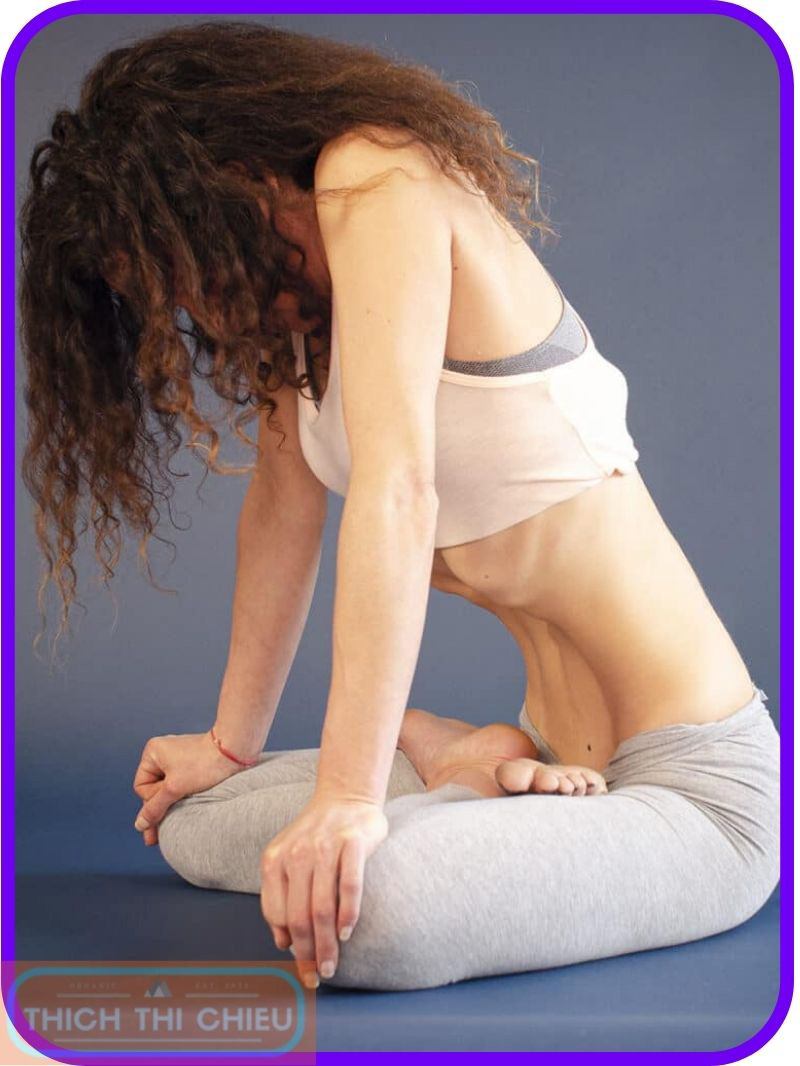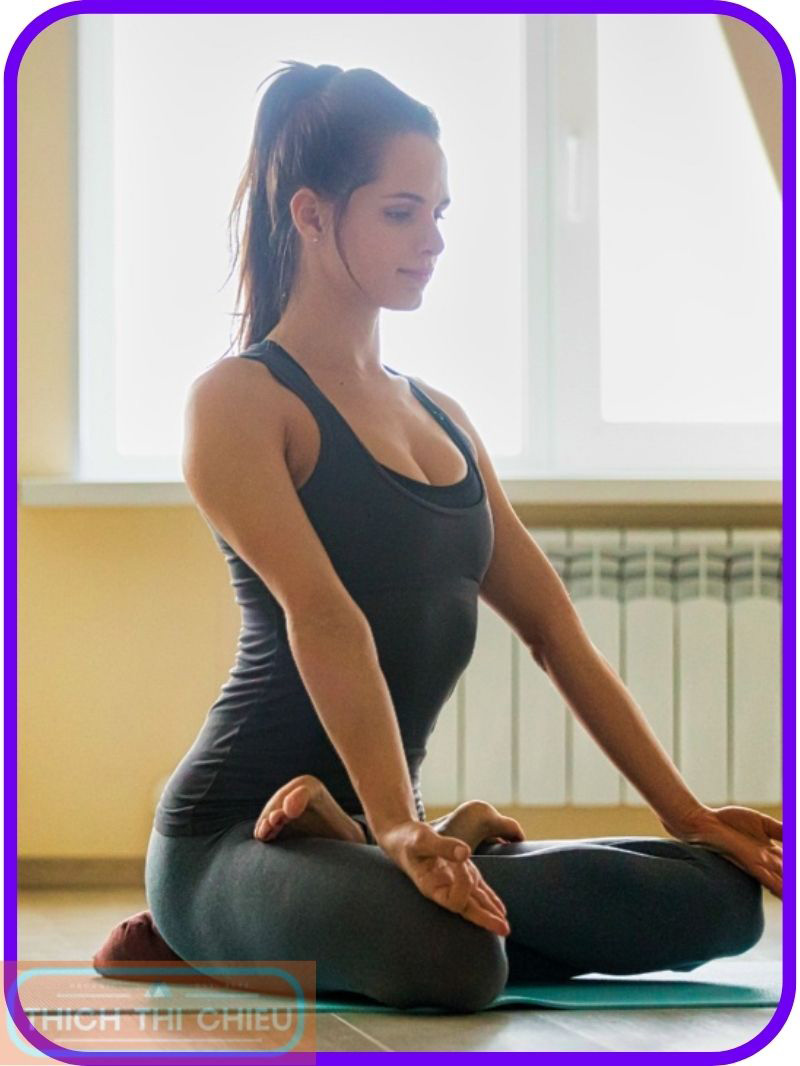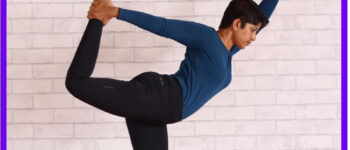Kapalbhati Pranayama, also known as Skull Shining Breath or Breath of Fire, is an ancient yogic breathing technique that has been practiced for centuries to promote physical and mental well-being. This dynamic breathing practice involves a series of short, forceful exhalations followed by passive inhalations. It is said to purify the body and mind, improve digestion, boost energy levels, and enhance overall well-being.
In Sanskrit, Kapalbhati translates to “Skull Shining Breath,” alluding to its energizing effect on the brain and nervous system. The practice is believed to illuminate the mind, promoting clarity, focus, and mental calmness.
Kapalbhati Pranayama is a powerful tool for improving physical and mental health. It is a safe and effective practice that can be easily incorporated into your daily routine.
This article will provide a comprehensive guide on how to do Kapalbhati Pranayama, including its benefits, preparation, and advanced techniques.
I hope this introduction has piqued your interest in Kapalbhati Pranayama. Please read on to learn more about this powerful breathing technique.
Preparation for Kapalbhati Pranayama
Empty Stomach
One of the crucial aspects of preparing for Kapalbhati Pranayama is practicing on an empty stomach. It’s recommended to have a gap of at least 2-3 hours after eating before engaging in this breathing technique. This allows for optimal diaphragm movement and prevents discomfort during the practice. A full stomach can interfere with the proper engagement of the abdominal muscles, making it difficult to perform the breath correctly and potentially leading to digestive issues.
Comfortable Clothing
Choosing comfortable and loose-fitting clothing is essential for Kapalbhati Pranayama. Tight or restrictive clothing can hinder your movement and make it uncomfortable to perform the breath properly. Opt for breathable fabrics that allow for unrestricted movement of your body, particularly in the abdominal area.
Comfortable Setting
Finding a quiet and distraction-free environment is crucial for a successful Kapalbhati Pranayama practice. A calm and serene setting allows you to focus on your breath and fully engage in the practice without external disturbances. Avoid practicing in noisy or crowded areas, as these distractions can interfere with your concentration and make it difficult to achieve a deep and effective breathing pattern.
Warm-up
person performing a warmup exercise before Kapalbhati Pranayama
Before diving into Kapalbhati Pranayama, it’s essential to warm up your body with gentle exercises or yoga poses. This helps prepare your muscles for the dynamic movements involved in the breathing technique. A warm-up also increases blood flow and improves circulation, allowing your body to respond more effectively to the practice. Some suitable warm-up exercises include:
- Neck rolls: Slowly rotate your head clockwise and counterclockwise to release tension in the neck and shoulders.
- Shoulder shrugs: Gently raise your shoulders towards your ears and then slowly release them down.
- Arm circles: Make small circles with your arms, gradually increasing the size of the circles.
- Twisting poses: Gently twist your upper body from side to side, engaging your core muscles.
- Sun Salutations (Surya Namaskara): A series of gentle yoga poses that warm up the entire body.
Performing a brief warm-up of around 5-10 minutes before Kapalbhati Pranayama sets the stage for a safe and effective practice. It prepares your body physically and mentally, allowing you to reap the full benefits of this powerful breathing technique.
How to Do Kapalbhati Pranayama
Sitting Position
Find a comfortable and supportive sitting position. You can either sit in Padmasana (lotus position) or Sukhasana (easy pose). Ensure your spine is straight, your shoulders are relaxed, and your chin is slightly tucked in. Sit on a firm cushion or folded blanket to maintain a proper upright posture.
Establishing a Steady Breath
Before starting Kapalbhati Pranayama, take a few deep, slow breaths to establish a natural and relaxed breathing rhythm. Close your eyes and focus on your natural breath, observing the rise and fall of your abdomen. This helps calm your mind and prepare your body for the dynamic breathing practice.
Powerful Exhalation
As you exhale, focus on drawing your navel inwards towards your spine, engaging your abdominal muscles in a forceful and rapid manner. This forceful exhalation should be audible, sounding like a sharp “ha” or “hoo” sound. Aim for a rhythm of about 60-120 breaths per minute.
Passive Inhalation
Allow the inhalation to happen naturally and passively. Do not force the inhalation; let it occur on its own as you release the abdominal muscles. The inhalation should be effortless and quiet.
Maintaining a Steady Rhythm
Maintain a steady and consistent rhythm of forceful exhalations followed by passive inhalations. Aim for a smooth and rhythmic flow of breath, avoiding any pauses or jerks. As you become more comfortable with the practice, you can gradually increase the speed of your breaths.
Practice Rounds
Begin with 10-20 breaths and gradually increase the number of rounds as you become more comfortable with the practice. Start with 2-3 rounds and gradually work your way up to 5-6 rounds. Listen to your body and take breaks if needed.
Rest and Observe
After completing a round, take a few deep, slow breaths to rest and observe the sensations in your body. Notice any changes in energy levels, clarity of mind, or physical sensations. This period of reflection allows you to integrate the benefits of the practice and prepare for the next round.
Advanced Techniques for Kapalbhati Pranayama
Kapalbhati Pranayama, also known as Skull Shining Breath or Breath of Fire, is a dynamic breathing technique that offers a multitude of benefits for physical and mental well-being. As you become more comfortable with the basic practice, you can incorporate advanced techniques to further enhance your experience and deepen the effects of Kapalbhati Pranayama.
Bandhas
Bandhas (locks) are muscular contractions used in yoga to control the flow of prana (vital energy) in the body. Engaging bandhas during Kapalbhati Pranayama can intensify the practice and provide additional benefits.
- Mula Bandha: Contracting the Mula Bandha, the pelvic floor muscles, helps direct energy upwards and enhance the purification process.
- Uddiyana Bandha: Engaging the Uddiyana Bandha, the upward lifting of the diaphragm, further stimulates the internal organs and promotes detoxification.
Incorporating bandhas during Kapalbhati Pranayama requires a gradual approach and guidance from a qualified yoga instructor to ensure proper technique and avoid any strain.
Visualization
Visualization is a powerful tool that can enhance the effectiveness of Kapalbhati Pranayama. As you practice, visualize the breath purifying your body and mind, eliminating toxins and negative thoughts. Imagine a bright light radiating from your heart, illuminating your entire being.
Visualization can help you connect with the subtle energy within you, deepening your experience and amplifying the benefits of Kapalbhati Pranayama.
Meditation
Integrating Kapalbhati Pranayama into your meditation practice can create a powerful combination for achieving mental clarity, focus, and inner peace. The rhythmic breathing of Kapalbhati Pranayama can help you settle into a meditative state, while meditation can further enhance the calming and centering effects of the breathing technique.
Begin your meditation session with a few rounds of Kapalbhati Pranayama to prepare your mind and body for stillness. As you settle into your meditation, let the breath flow naturally and effortlessly, observing the rise and fall of your abdomen. The combination of Kapalbhati Pranayama and meditation can lead to a deeper level of self-awareness and inner tranquility.
Contraindications and Precautions for Kapalbhati Pranayama
High Blood Pressure
Kapalbhati Pranayama can elevate blood pressure due to the forceful exhalation and contraction of abdominal muscles. Individuals with high blood pressure should consult with their doctor before attempting this practice and avoid it altogether if advised.
Heart Disease
The increased heart rate and blood pressure associated with Kapalbhati Pranayama can put additional strain on the heart. Individuals with heart disease, including arrhythmias, coronary artery disease, or heart failure, should avoid this breathing technique due to the potential risk of exacerbating their condition.
Epilepsy
Kapalbhati Pranayama can trigger seizures in individuals with epilepsy due to the rapid and rhythmic nature of the breathing technique. Those with a history of seizures should consult with their doctor and avoid Kapalbhati Pranayama.
Pregnancy
Kapalbhati Pranayama can put excessive pressure on the abdominal muscles, potentially harming the developing fetus. Pregnant women should avoid this practice to ensure the safety of both themselves and their unborn child.
Recent Abdominal Surgery
Kapalbhati Pranayama can cause strain on abdominal muscles that have recently undergone surgery. Individuals recovering from abdominal surgery should consult with their doctor before attempting this practice and avoid it until the healing process is complete.
General Precautions
- Begin gradually: Start with a few rounds of Kapalbhati Pranayama and gradually increase the duration and intensity as your body adapts.
- Listen to your body: Pay attention to any discomfort or dizziness during the practice. If any adverse symptoms arise, stop immediately and consult with a healthcare professional.
- Avoid overexertion: Do not push your body beyond its limits. If you feel fatigued or experience any discomfort, take a break and resume the practice later.
- Maintain a regular practice: Regularity is key to reaping the full benefits of Kapalbhati Pranayama. Aim to practice consistently, even if it’s for a shorter duration.
- Seek guidance: If you have any pre-existing health conditions or concerns, consult with your doctor or a qualified yoga instructor before attempting Kapalbhati Pranayama.
Kapalbhati Pranayama is a safe and effective practice that can be easily incorporated into your daily routine. With regular practice, you can experience the numerous benefits of this powerful breathing technique, including improved physical and mental health, increased energy levels, and enhanced respiratory function. Hopefully, the above article of TTC has provided you with useful information. If you have any questions or concerns, please leave a comment below.









Leave a Reply